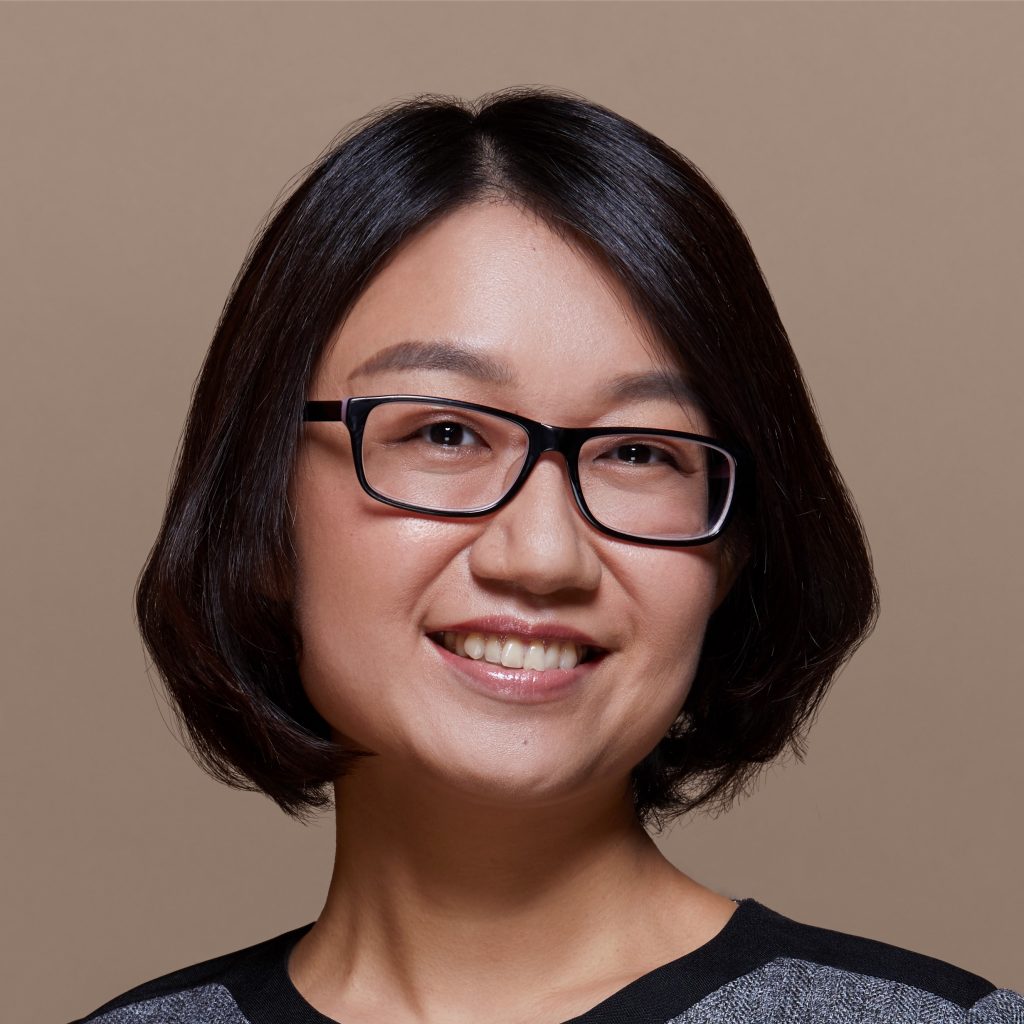November 2023 | Volume 25 No. 1
Cover Story
Better Access to Better Drugs
Listen to this article:
Warfarin is a standard drug in Hong Kong to prevent blood clots in patients with atrial fibrillation. But it is not easy to use. Patients need to monitor their kidney function and regularly return to the clinic for checks. Yet, there are alternative drugs that do not require this monitoring. The major catch is that they are more expensive.
In health economics, this is not just a dollar and cents dilemma. The ‘incremental cost-effectiveness’ considers the money side and the possibilities of better health with an improved quality of life and an extended lifespan. Applying this approach to warfarin, Dr Shirley Li Xue, a joint appointee of the Departments of Medicine and of Pharmacology and Pharmacy, and her colleagues showed it is cost-effective for Hong Kong’s Hospital Authority (HA) to go for the higher-priced drugs. This factor contributed to the HA’s decision to add these to the public formulary.
“We used the cost of innovative medicine minus the cost of standard care divided by the difference in quality-adjusted life years and compared this with the government’s willingness to pay for an additional year of perfect life. When it is below that threshold, although the drug is more expensive than conventional treatment, it can still be affordable and cost-effective,” she said.
That study, published early this year, dovetails with Dr Li’s ambitious new project to bring a more transparent and rational approach to determining which medicines should be made accessible to patients who use the public hospital service. Currently, that service does not tend to systematically factor in local evidence of cost-effectiveness but waits for evidence from other jurisdictions.
Providing evidence
Dr Li’s three-year Research Impact Fund project aims to demonstrate the effectiveness of health technology assessment (HTA) for enlisting new drugs. HTA has been adopted by many countries, from the UK and US to Mainland China and India, but not yet Hong Kong.
“Currently, we don’t know how drug enlisting decisions are made,” she said. “Value for money or HTA are not written into the guidelines. Drug enlisting decisions should be evidence-based, transparent and fit-for-local-needs.”
Her project, called Horizon Scanning of the Medium to Long-Term Burden of Chronic Disease and Care Needs to 2030 in Hong Kong, aims to provide that evidence. It focusses on three therapeutic areas – mental health (specifically, depression), auto-immune disease (inflammatory bowel disease) and oncology (prostate cancer) – and involves experts in health economics, big data, pharmacology and pharmacy, computer science, social science and medicine from HKU, Queen Mary Hospital, the Chinese University of Hong Kong, London School of Economics and Political Science, Newcastle University, Fudan University and the Hong Kong Association of the Pharmaceutical Industry.
The team are first collecting big data from population-wide de-identified HA electronic medical records to understand the disease burden and patients’ unmet needs. Second, they are using classical and novel simulation models including artificial intelligence to forecast the burden of these diseases over the next 10 years, such as incidence, mortality, and healthcare cost. And third, they are scanning and verifying the global horizon for innovative drugs using ScanMedicine, an AI-based global medical innovation database, cross-checking the potential candidates with clinical expertise, global drug manufacturers and ongoing clinical trials.
Bridging the gap
The information will be combined into a decision toolkit to aggregate the identified innovative drugs’ safety, efficacy and cost-effectiveness in Hong Kong.
“Industry always strives for breakthrough therapies, but policymakers are sometimes puzzled about which one they should buy because resources are limited,” Dr Li said. “We want to bridge their dialogue and use healthcare big data, artificial intelligence projections and decision analytics to let policymakers know other options.”
Dr Li said it was necessary to develop a localised HTA ecosystem because each place has its own healthcare system, needs and budget. HTA also improves transparency in decision-making. “We hope that with this project, we can make an important step towards establishing HTA in Hong Kong. We should at least reach a similar level to our neighbours in the Asia Pacific,” she said. “Fundamentally, our goal is to benefit patients.”
Transparency is also built into her HTA project. She and her team will make the analytical results and research report available through a website and collect feedback from users. Once they have refined their decision toolkit, they aim to hold workshops for decision-makers, healthcare providers, clinicians, industry partners and students, and develop a lecture series HTA101 explaining horizon scanning and how to use evidence to inform decisions on new drug listing.
“I hope our work will help Hong Kong catch up in using real-world evidence and AI to identify newly available drugs for quicker and better decision-making,” she said.
I hope our work will help Hong Kong catch up in using real-world evidence and AI to identify newly available drugs for quicker and better decision-making.

DR SHIRLEY LI XUE

